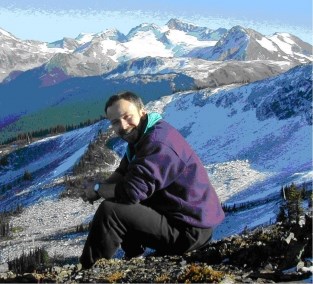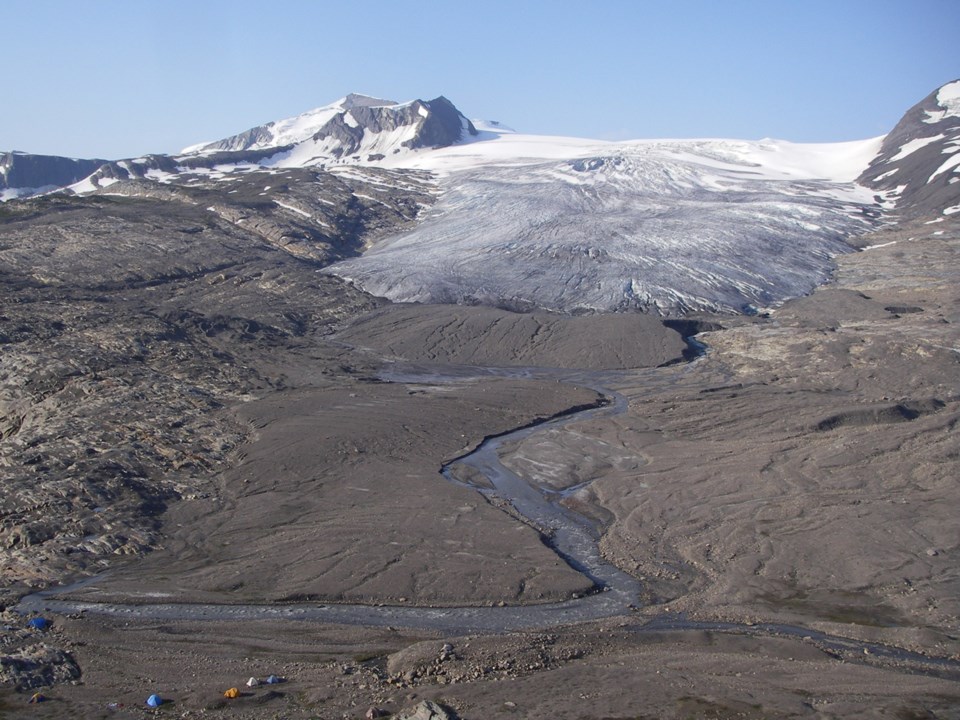 Dr. Phil Owens, UNBC Professor of Environmental Science (via UNBC)
Dr. Phil Owens, UNBC Professor of Environmental Science (via UNBC)Dr. Phil Owens recently led a study on how eastern B.C. glaciers, and similar rock formations in the world, are acting as sponges for large amounts of contaminants caused by meltwater.
These findings were published this week in the Nature journal Scientific Reports, co-written by Dr. Owens, other UNBC researchers, and others based out of the University of Plymouth in southwest England.
According to the research, sediments on these surfaces are performing that sponge-like task, claiming the discovery is of interest given the current state of climate change.
“As glaciers melt, they release water, sediment and contaminants to downstream rivers, which could affect aquatic ecosystems and human health,” said Dr. Owens in a news release. “The paper mainly focuses on fallout radionuclides derived from the atom-bomb tests in the 1950s and 1960s, which were delivered to glacier surfaces by atmospheric processes, but also mentions other chemical elements such as metals.”
The consequences of the contaminants, if not absorbed, have an effect on the surrounding environment and water ecosystems.
Known as cryocoynite, such material has input released from melting ice in addition to sediment from other sources.
“The values for the other sediment types – proglacial, talus, channel bank and subglacial – fall within the ranges for typical environmental samples,” a discussion paragraph reads in Dr. Owens’ paper. “However, the proglacial sediment collected in the immediate vicinity of the glacier snout had activity concentrations that were closer to values for cryoconite.”
Dr. Owens has also studied glacial sediments from Castle Creek Glacier near McBride, finding that ‘fallout radionuclides in river sediments were higher closest to the glacier and decreased downstream, away from the glacier snout.’
The project was funded by the Natural Sciences and Engineering Research Council of Canada (NSERC) via a Discovery Grant, Forest Renewal B.C., and UNBC.
More information can be found in Dr. Owens’ research paper online.



